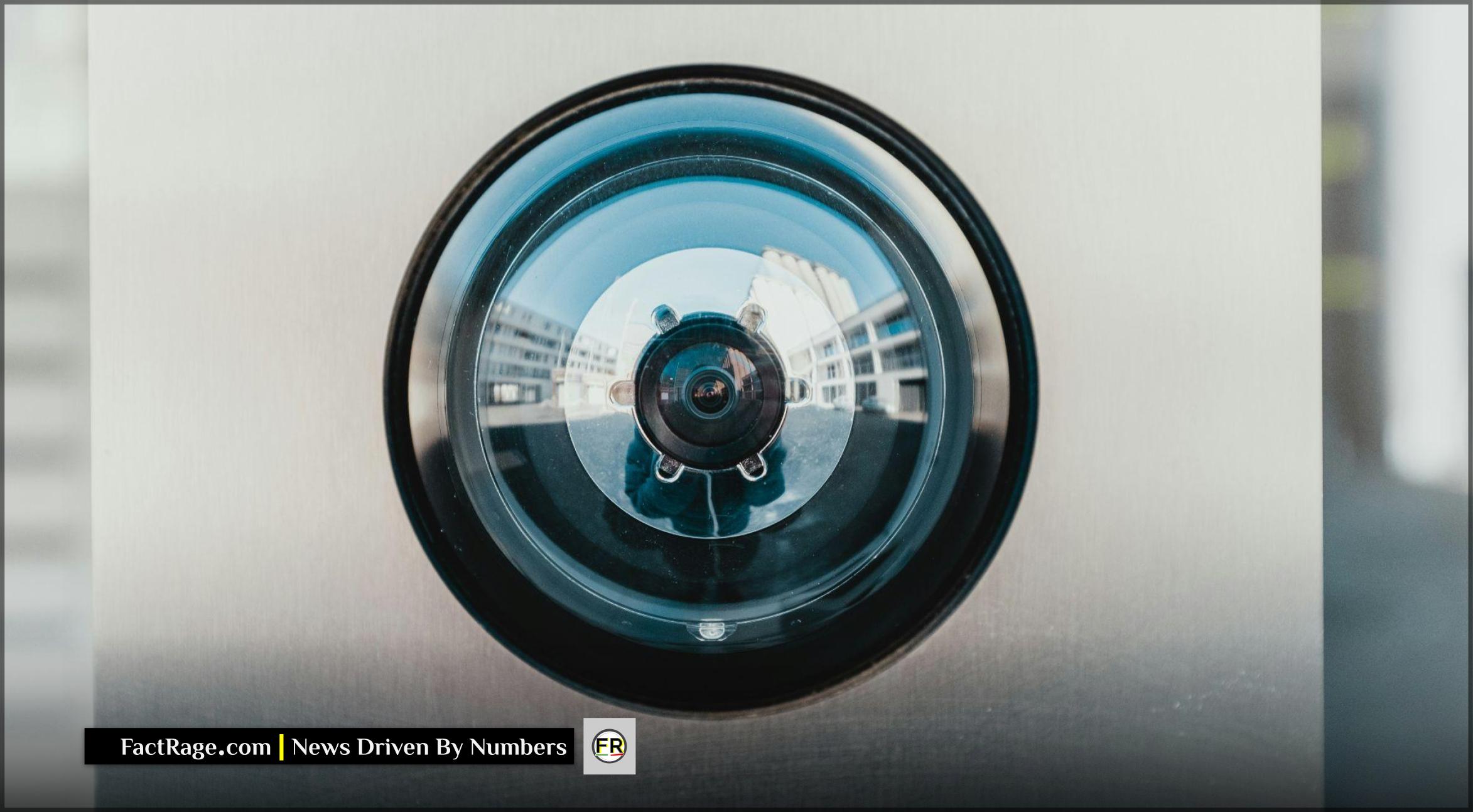NATIONWIDE – As tensions escalate following Israeli airstrikes on Iranian military and nuclear facilities, U.S. intelligence and law enforcement agencies are on high alert for potential retaliatory attacks on American soil, with a particular focus on the long-feared threat of Iranian “sleeper cells.”
- Increased Surveillance – Multiple reports indicate the FBI has intensified its monitoring of suspected operatives linked to Iran and its proxy, Hezbollah, within the United States.
- Official Warnings – Current and former national security officials have voiced concerns that a cornered Iranian regime may activate clandestine networks for asymmetrical attacks against Western targets.
- Historical Precedent – The U.S. has previously charged individuals linked to Iran’s Islamic Revolutionary Guard Corps (IRGC) with plots to surveil and assassinate high-profile Americans, including President Donald Trump and other critics of the Iranian government.
The heightened state of alert comes amid a direct and significant military confrontation between Israel and Iran, with the U.S. government weighing its own potential involvement. This has fueled a national conversation about domestic security and the potential for Iran to leverage its global network of operatives to strike back.
What is the Assessed Threat Level?

The core of the concern, as articulated by security experts and intelligence assessments, is that Iran, facing conventional military degradation, may increasingly turn to unconventional warfare. This includes cyberattacks, the use of criminal networks, and activating long-dormant sleeper agents to carry out attacks abroad.
The 2025 Homeland Threat Assessment and other intelligence reports have consistently identified Iran as a primary state sponsor of terrorism and a significant threat to U.S. critical infrastructure. FBI Director Christopher Wray has previously highlighted Iran’s “brazen and aggressive” cyber capabilities and its history of attempting to assassinate opponents on U.S. soil.
Experts from institutions like the Atlantic Council and the Henry Jackson Society have noted that Iran’s perceived vulnerability could make it more dangerous. They suggest that with its military and nuclear capabilities under direct assault, activating sleeper cells may be seen by Tehran as one of its few remaining options for retaliation. These attacks could range from targeting high-profile political figures and dissidents to attacks on public spaces and infrastructure.
What Is a ‘Sleeper Cell’ and What is Iran’s History?
A sleeper cell is a group of clandestine operatives who remain dormant within a target country, often for years, living seemingly normal lives. These individuals are trained and await orders from a foreign power or terrorist organization to carry out acts of espionage or terrorism when activated.
U.S. officials have long been concerned about the presence of cells linked to Iran’s Islamic Revolutionary Guard Corps (IRGC) and its proxy, Hezbollah. For years, law enforcement and intelligence agencies have dedicated significant resources to countering this threat.
This concern is not merely theoretical. There have been several documented cases and foiled plots:
- In November 2024, the Department of Justice charged an IRGC operative and two U.S.-based individuals in connection with a plot to murder an American journalist and critic of the Iranian regime.
- Allegations have also surfaced regarding plots to assassinate former U.S. officials, including former National Security Advisor John Bolton.
- A Hezbollah operative was sentenced to 40 years in prison in 2019 for his role in scouting potential attack targets in New York City, including airports and federal buildings.
These instances demonstrate a persistent effort by Iran and its proxies to establish an operational infrastructure within the United States.
How Are U.S. Agencies Responding?
In response to the latest escalation, U.S. law enforcement has reportedly increased surveillance and intelligence-gathering operations targeting potential Iran-backed cells. While officials from the White House and FBI have declined to comment on specific operational details, sources have confirmed that monitoring of individuals with suspected links to Hezbollah has been ramped up.
The threat is multifaceted, extending beyond physical attacks to include cyber warfare aimed at critical infrastructure like hospitals and financial systems. Experts believe that as Iran’s conventional military options are constrained, the likelihood of it resorting to these asymmetric tactics against the U.S. and its allies increases significantly. The focus for U.S. security agencies is to identify and neutralize these networks before they can be activated.










